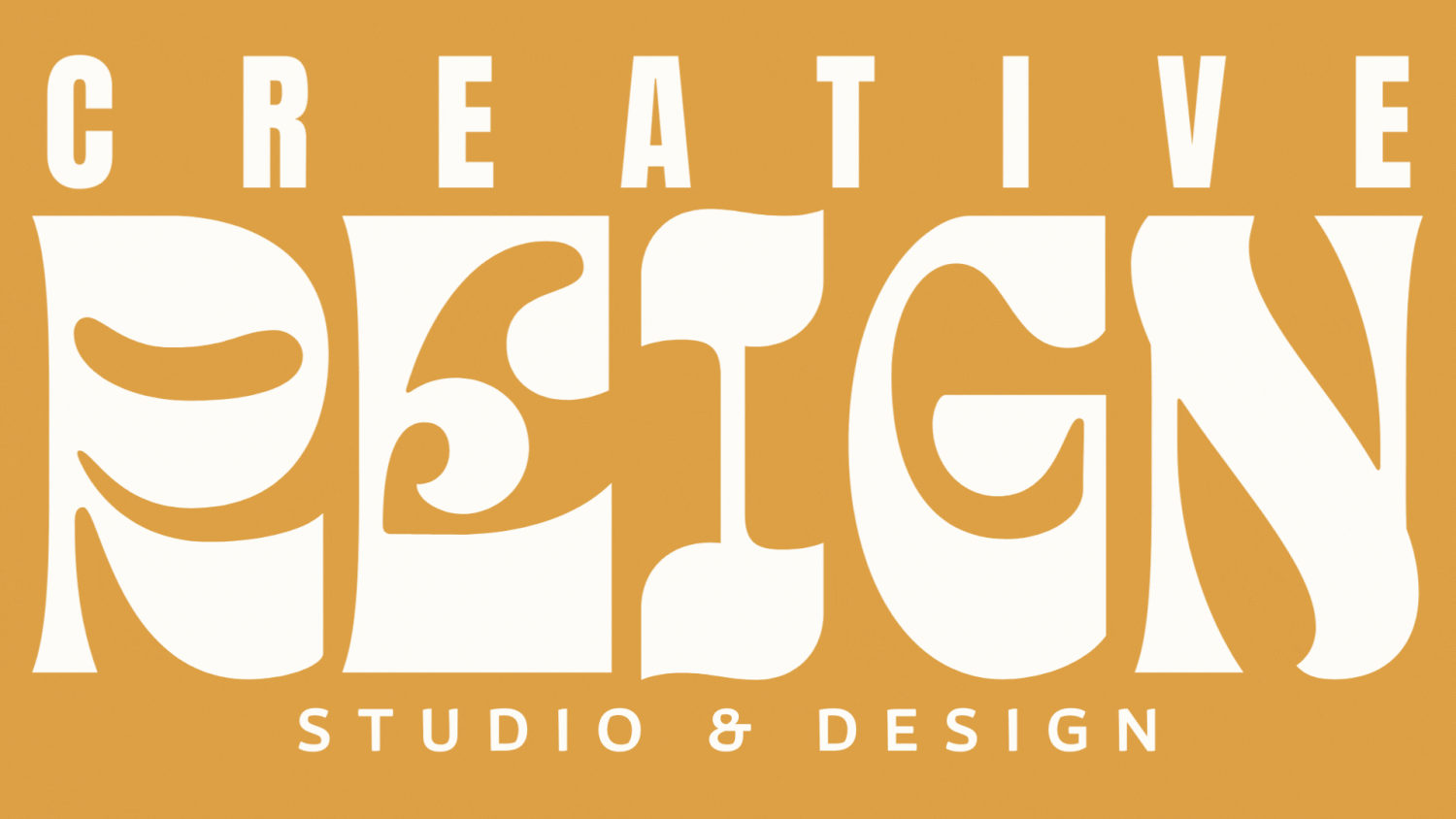On-Page SEO Techniques for Art Websites
On-Page SEO Techniques for Art Websites: Boost Your Online Presence
Hello, amazing artists! 🌟
If you're looking to enhance your online visibility and attract more visitors to your art website, mastering on-page SEO is a must. On-page SEO involves optimizing individual web pages to rank higher and earn more relevant traffic in search engines. Today, we’ll dive into some of the best practices for on-page SEO, with a focus on optimizing images, meta descriptions, and headers. Let’s get started!
Best Practices for On-Page SEO
Keyword Optimization:
Identify relevant keywords for your art niche using tools like Google Keyword Planner or Ubersuggest.
Use these keywords naturally in your content, titles, meta descriptions, headers, and URLs.
High-Quality Content:
Create engaging, informative, and original content that resonates with your audience.
Update your blog regularly with art-related posts, tutorials, and behind-the-scenes stories.
Mobile-Friendly Design:
Ensure your website is responsive and works well on all devices.
Google prioritizes mobile-friendly sites in its rankings, so this step is crucial.
Fast Loading Times:
Optimize your website's speed by compressing images, using a reliable hosting service, and minimizing code.
Tools like Google PageSpeed Insights can help you identify areas for improvement.
Tips on Optimizing Images
Choose the Right Format:
Use JPEGs for photographs and PNGs for graphics with transparent backgrounds.
This balance ensures high quality without excessive file sizes.
Compress Images:
Use tools like TinyPNG or ImageOptim to reduce file sizes without sacrificing quality.
Faster loading images improve user experience and SEO.
Alt Text and Titles:
Add descriptive alt text to all images, incorporating relevant keywords. This helps search engines understand your images and improves accessibility.
Use informative titles for images to provide context.
Optimizing Meta Descriptions
Craft Compelling Descriptions:
Write unique, engaging meta descriptions for each page, summarizing the content and including your target keywords.
Keep them under 160 characters to ensure they display fully in search results.
Include a Call to Action:
Encourage users to click through with phrases like "Explore now," "Learn more," or "See the gallery."
Enhancing Headers
Use Heading Tags Properly:
Organize your content with hierarchical heading tags (H1, H2, H3, etc.).
Each page should have one H1 tag that includes your main keyword, followed by H2 and H3 tags for subheadings.
Keyword Integration:
Incorporate relevant keywords naturally into your headers. This helps search engines understand the structure and content of your page.
Wrapping It Up
By implementing these on-page SEO techniques, you can significantly enhance your art website’s visibility and attract more visitors. Remember to regularly review and update your SEO strategies to keep up with changes in search engine algorithms and industry trends. Happy optimizing, and may your art shine brightly online!
